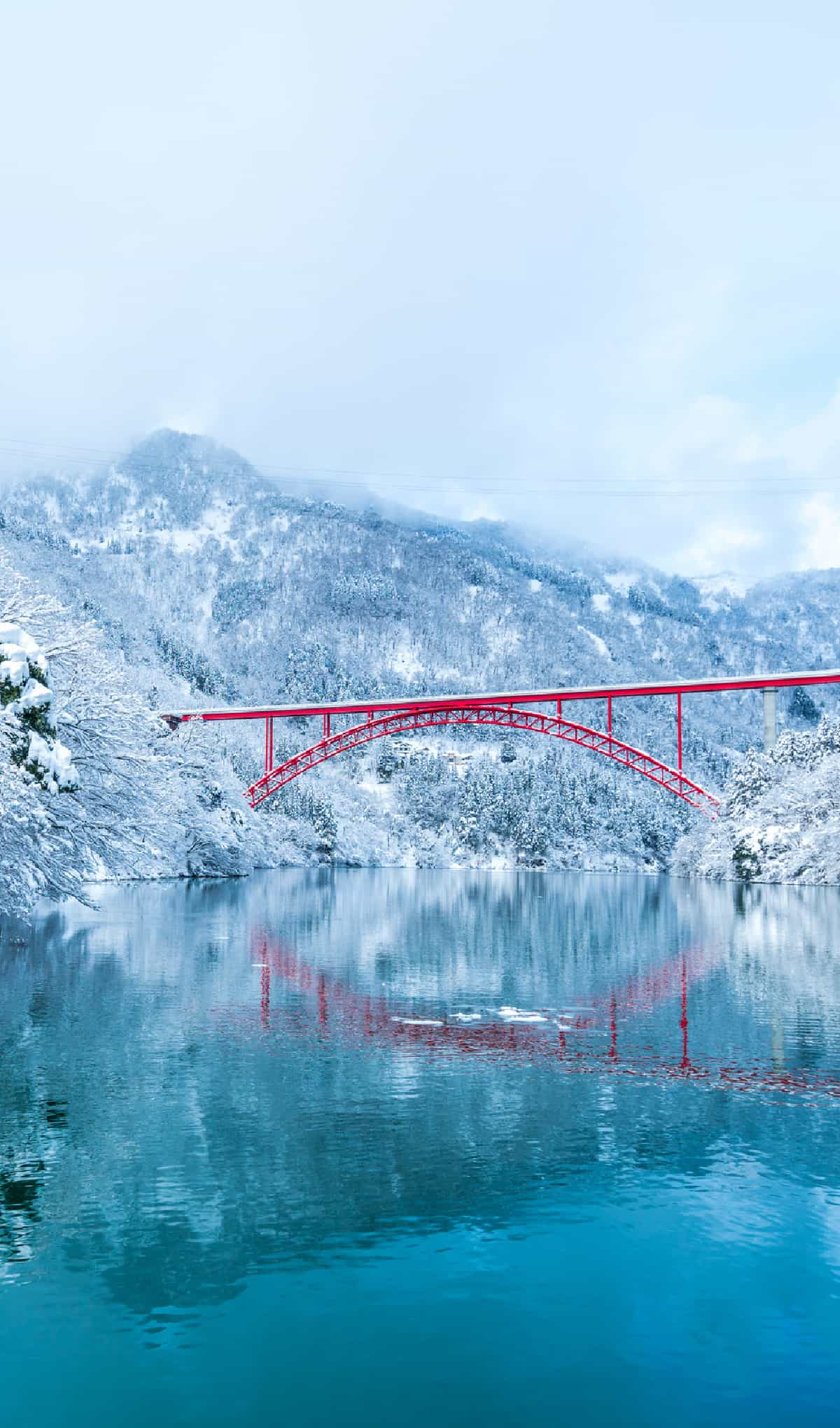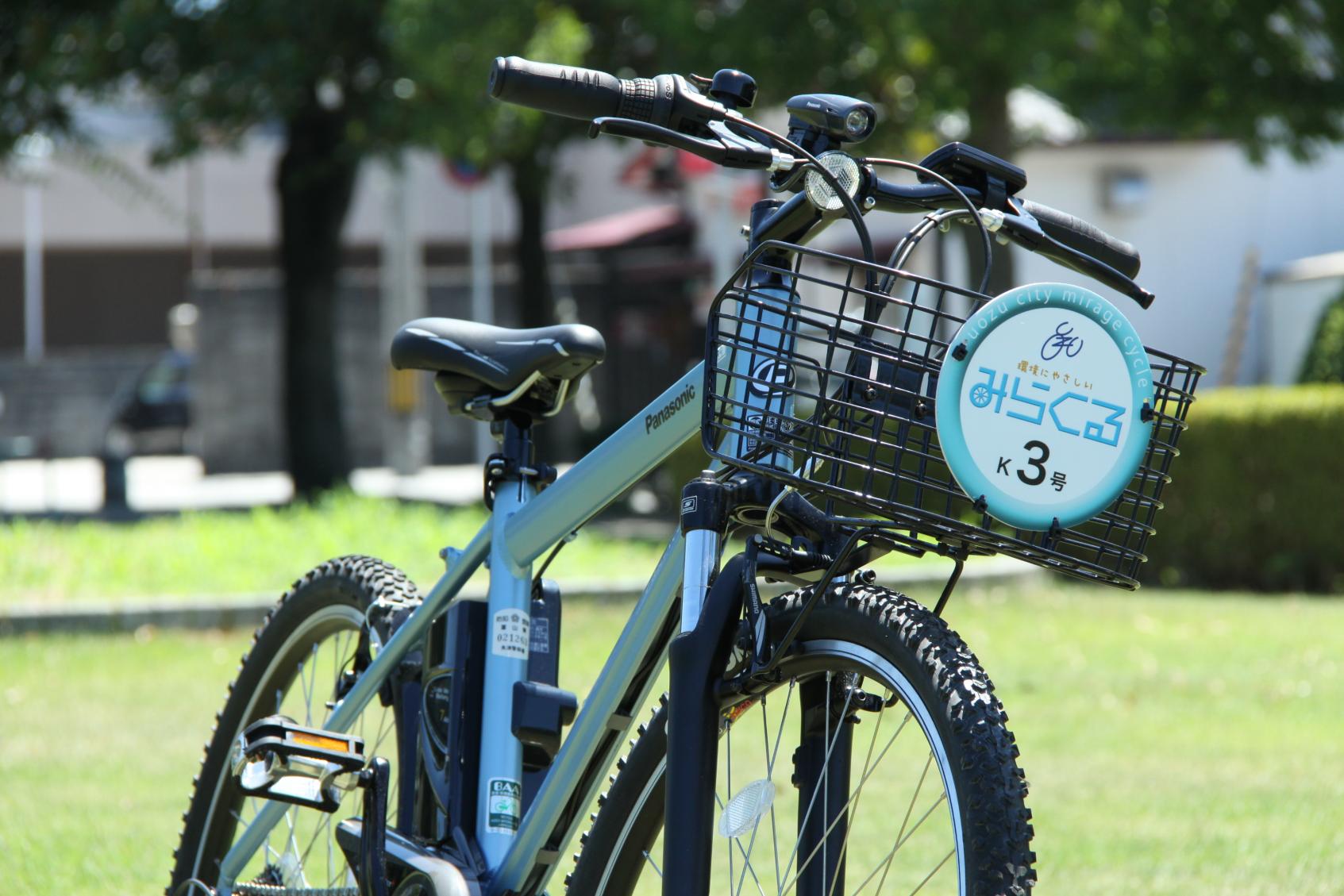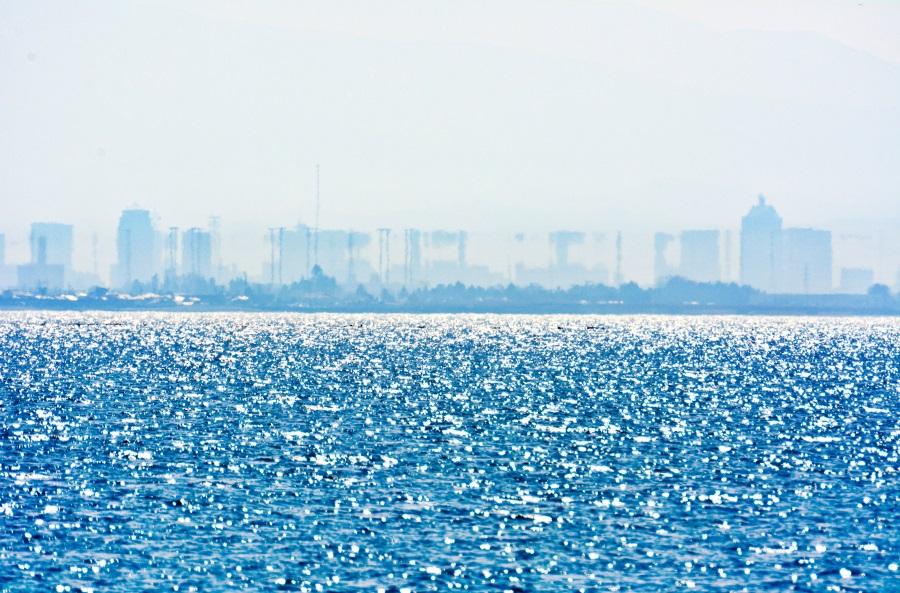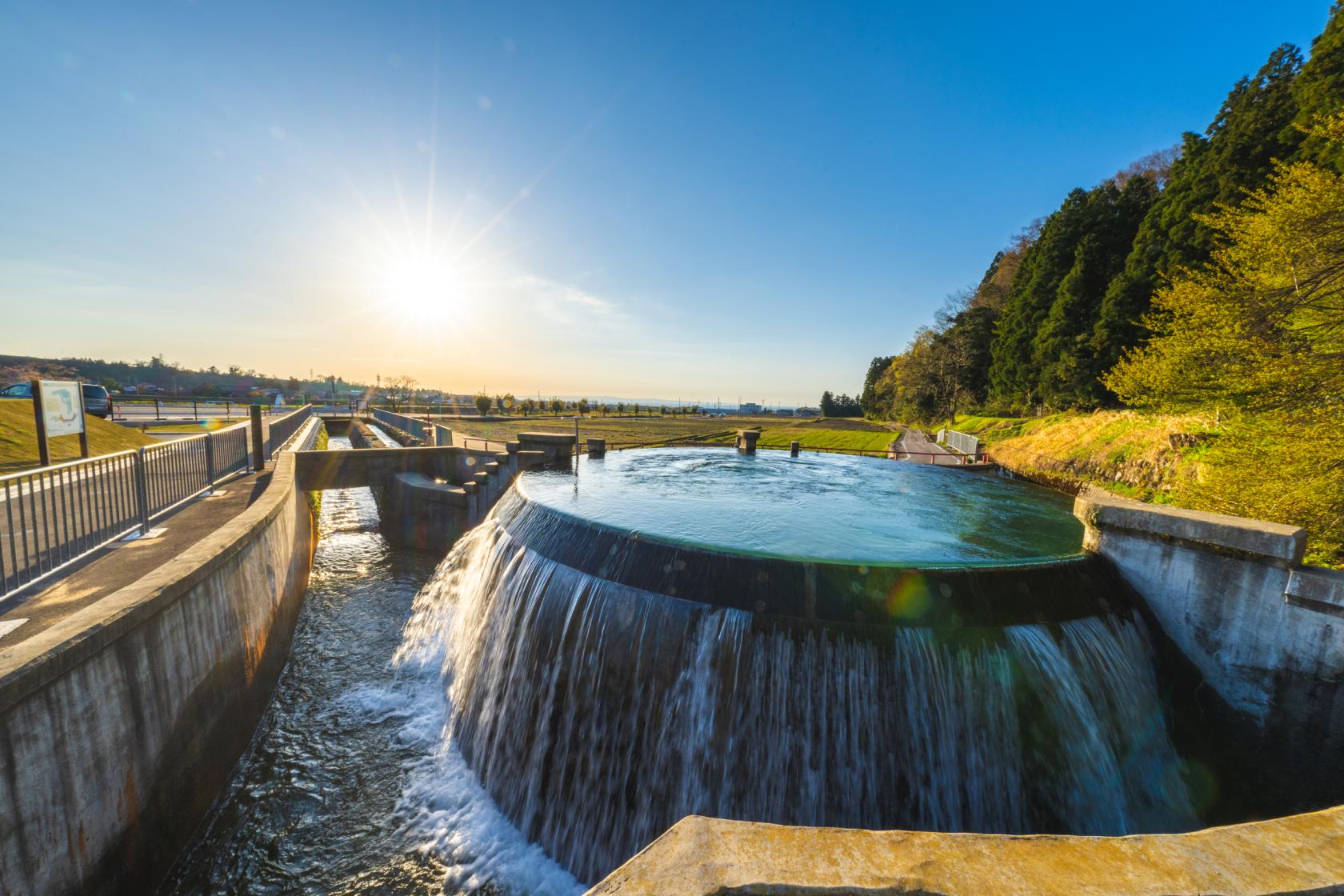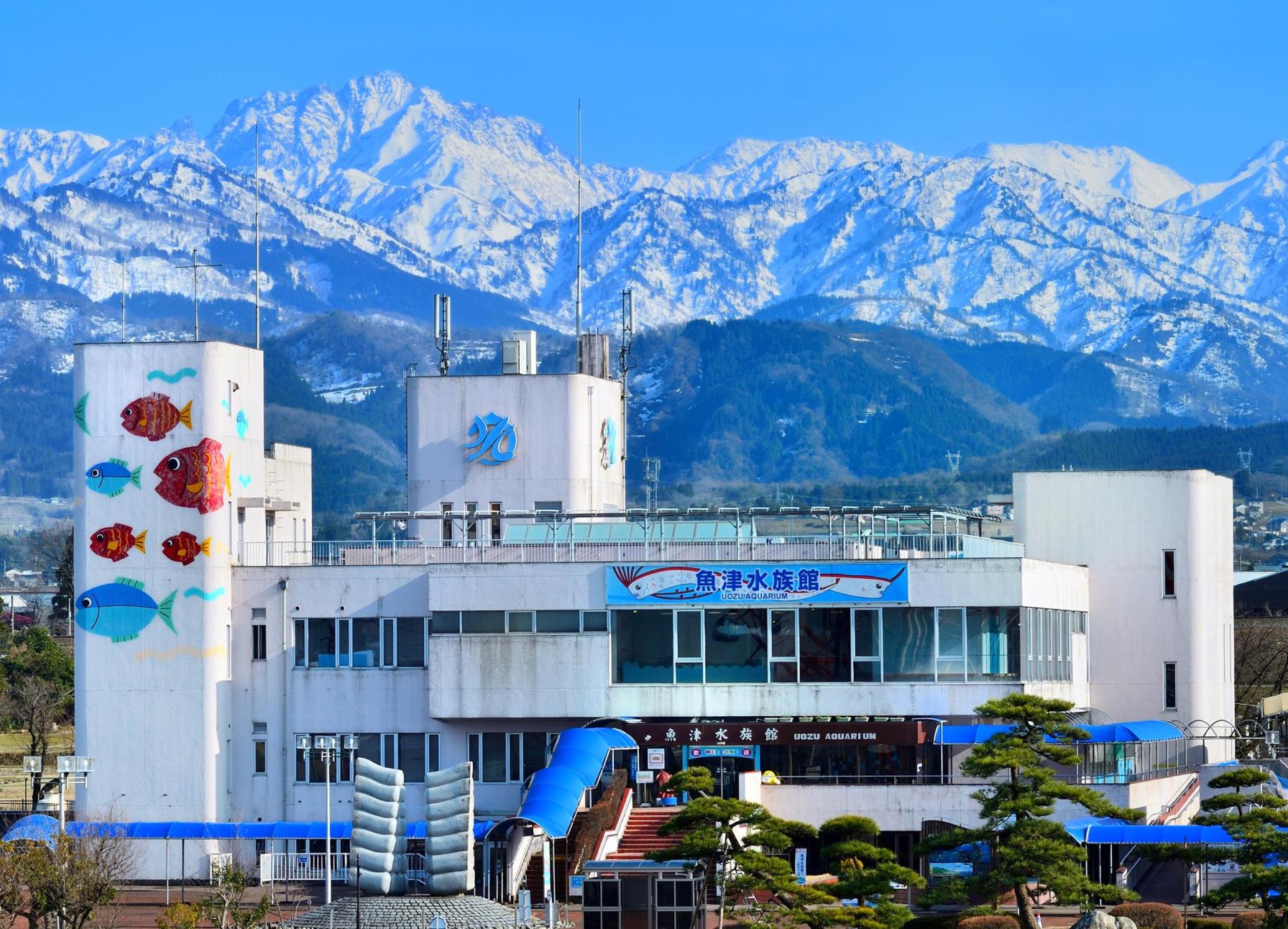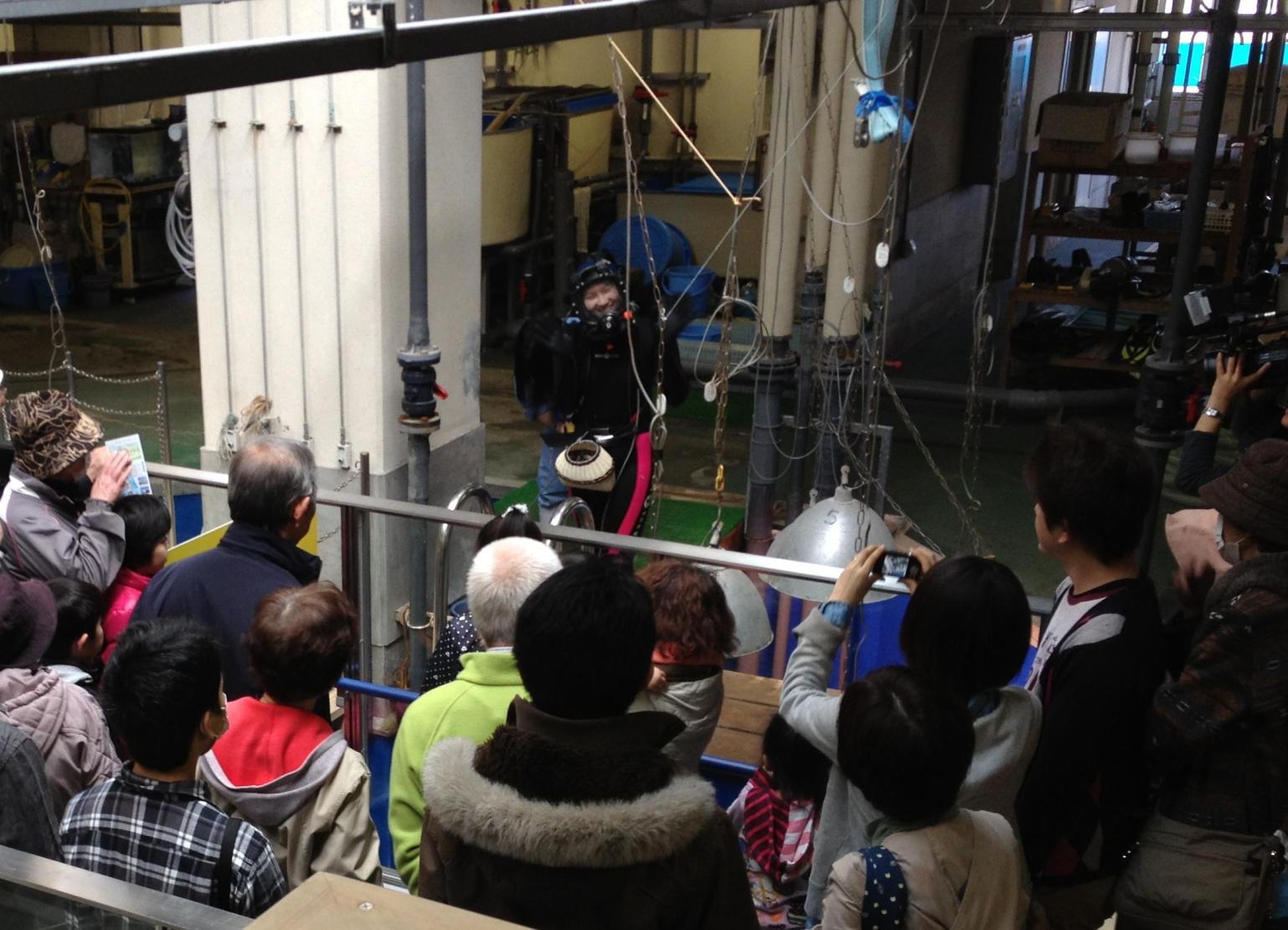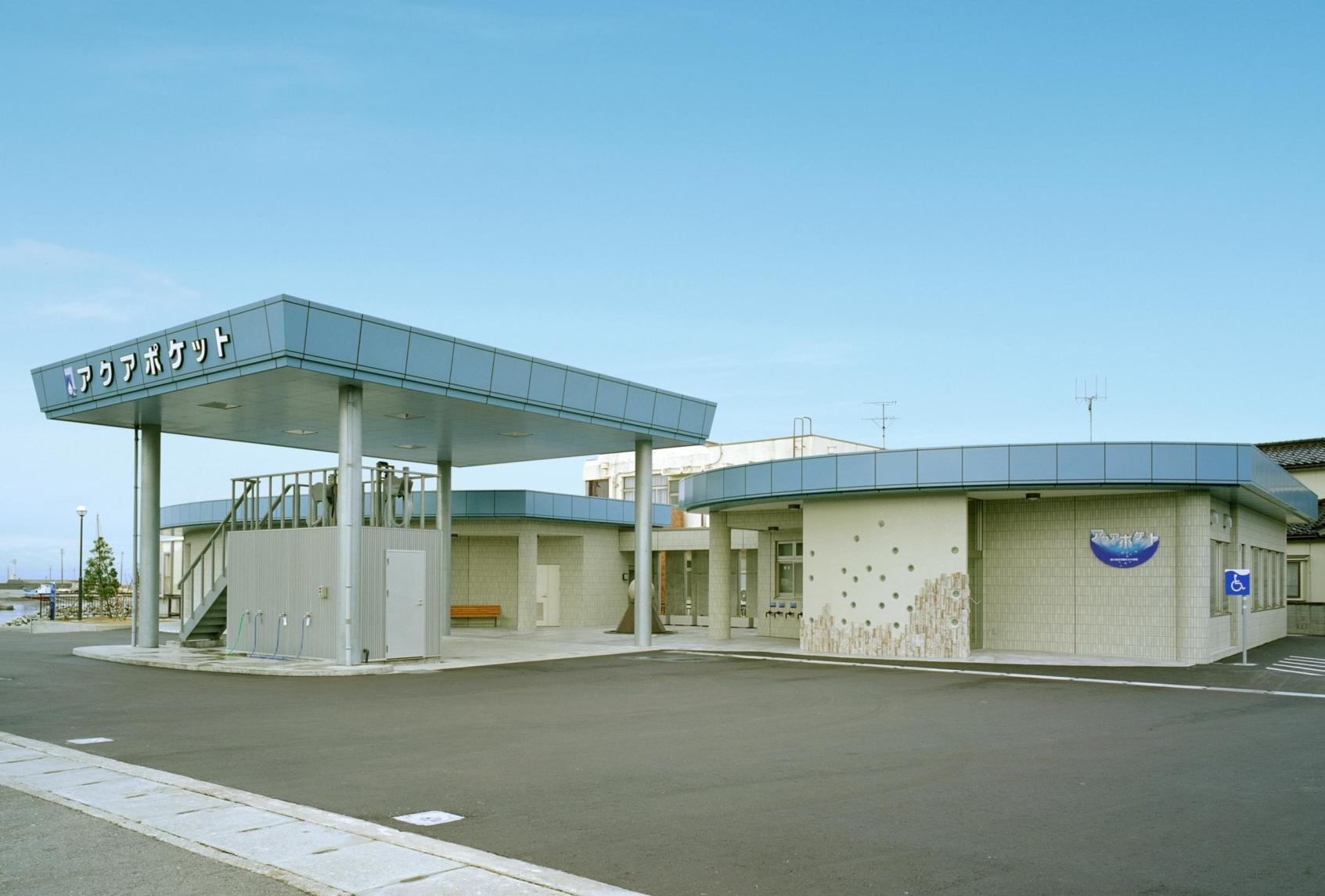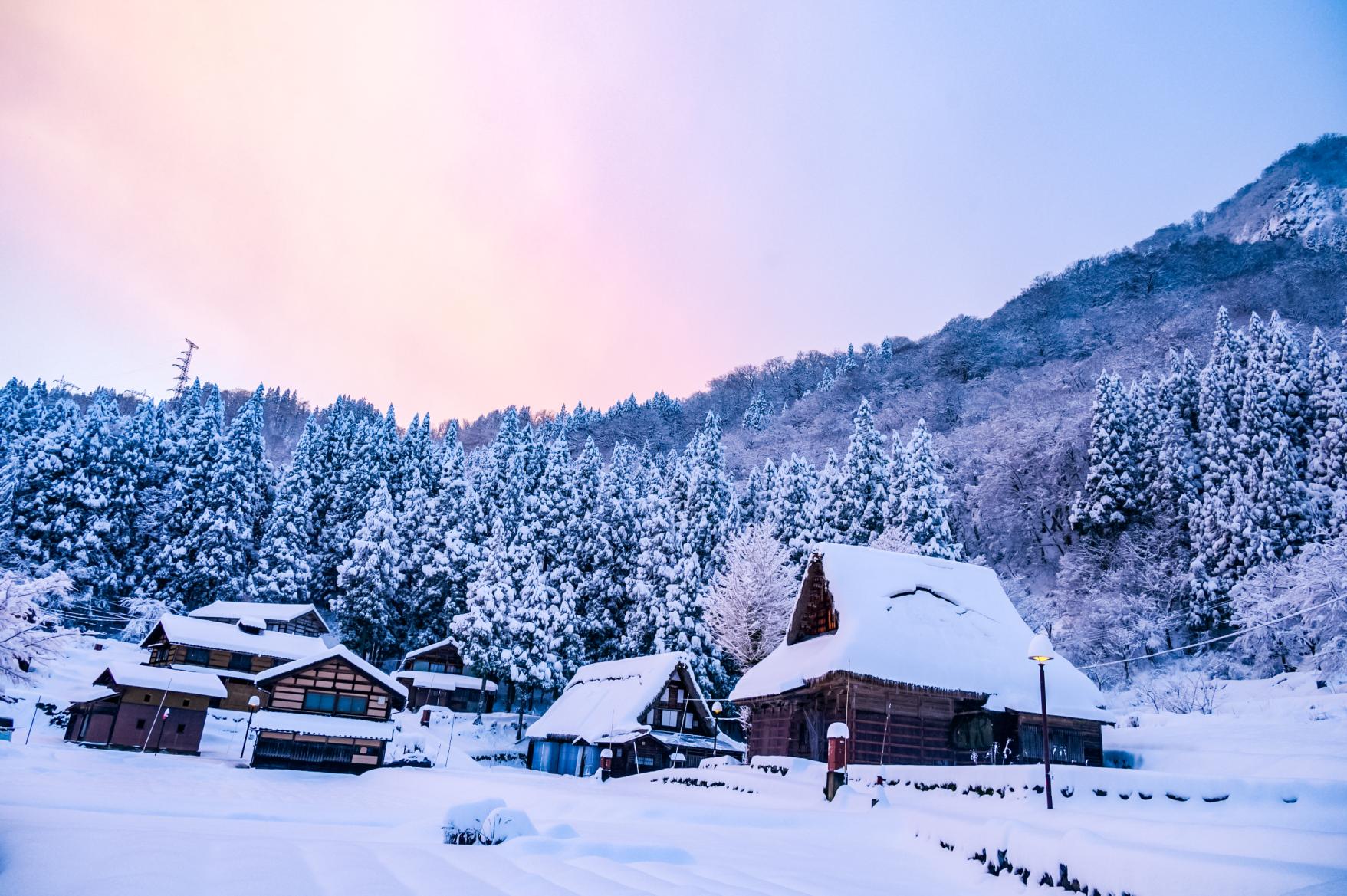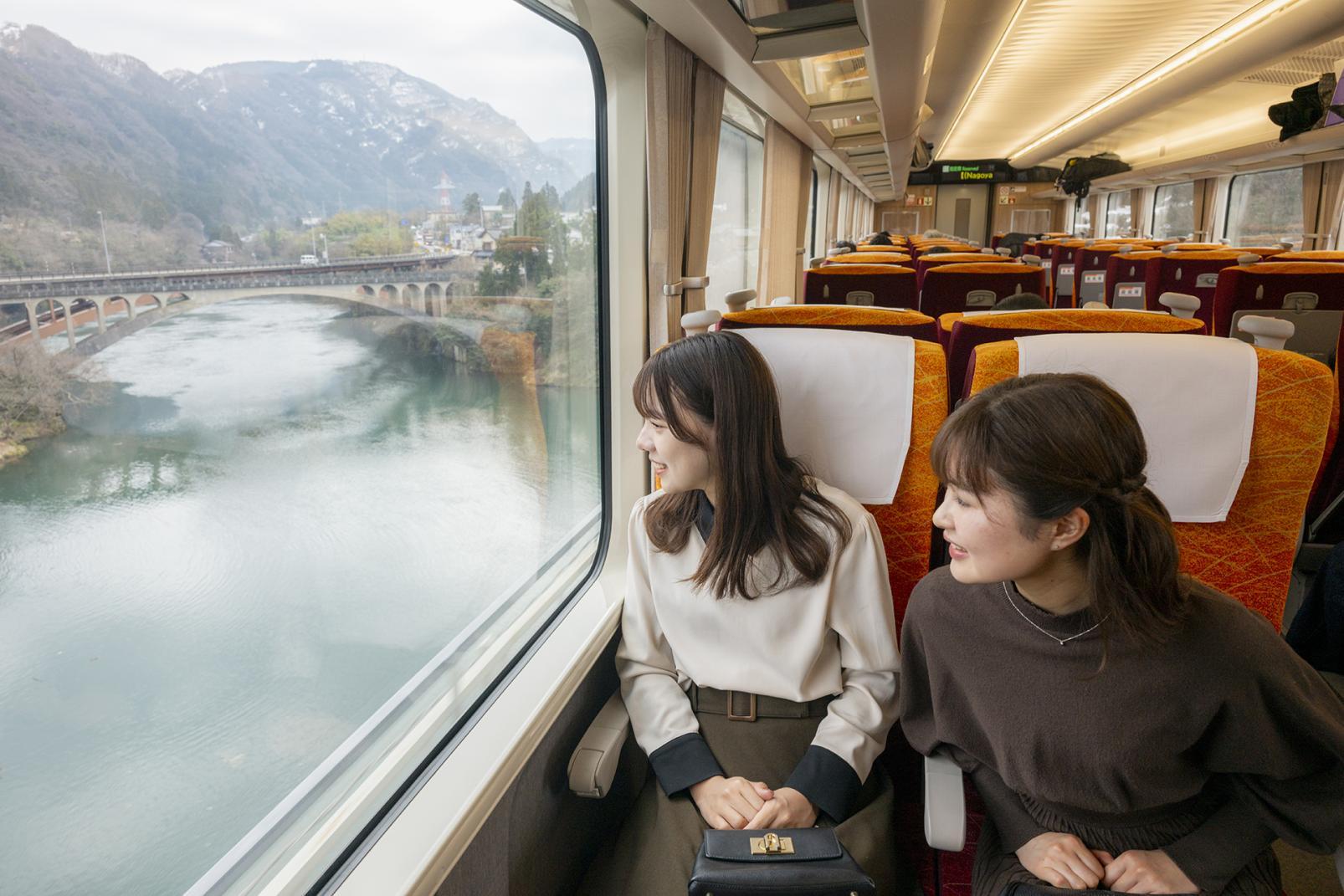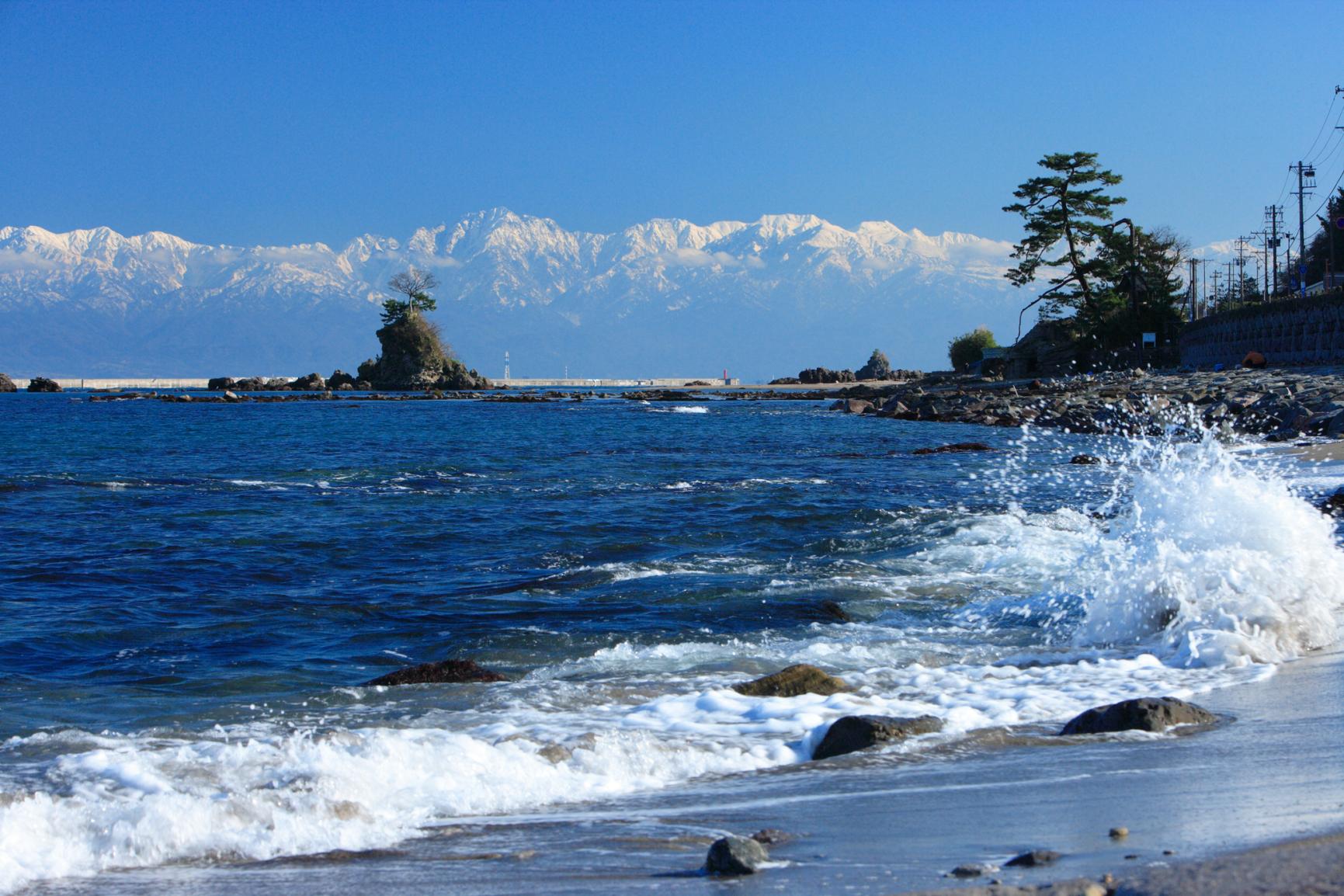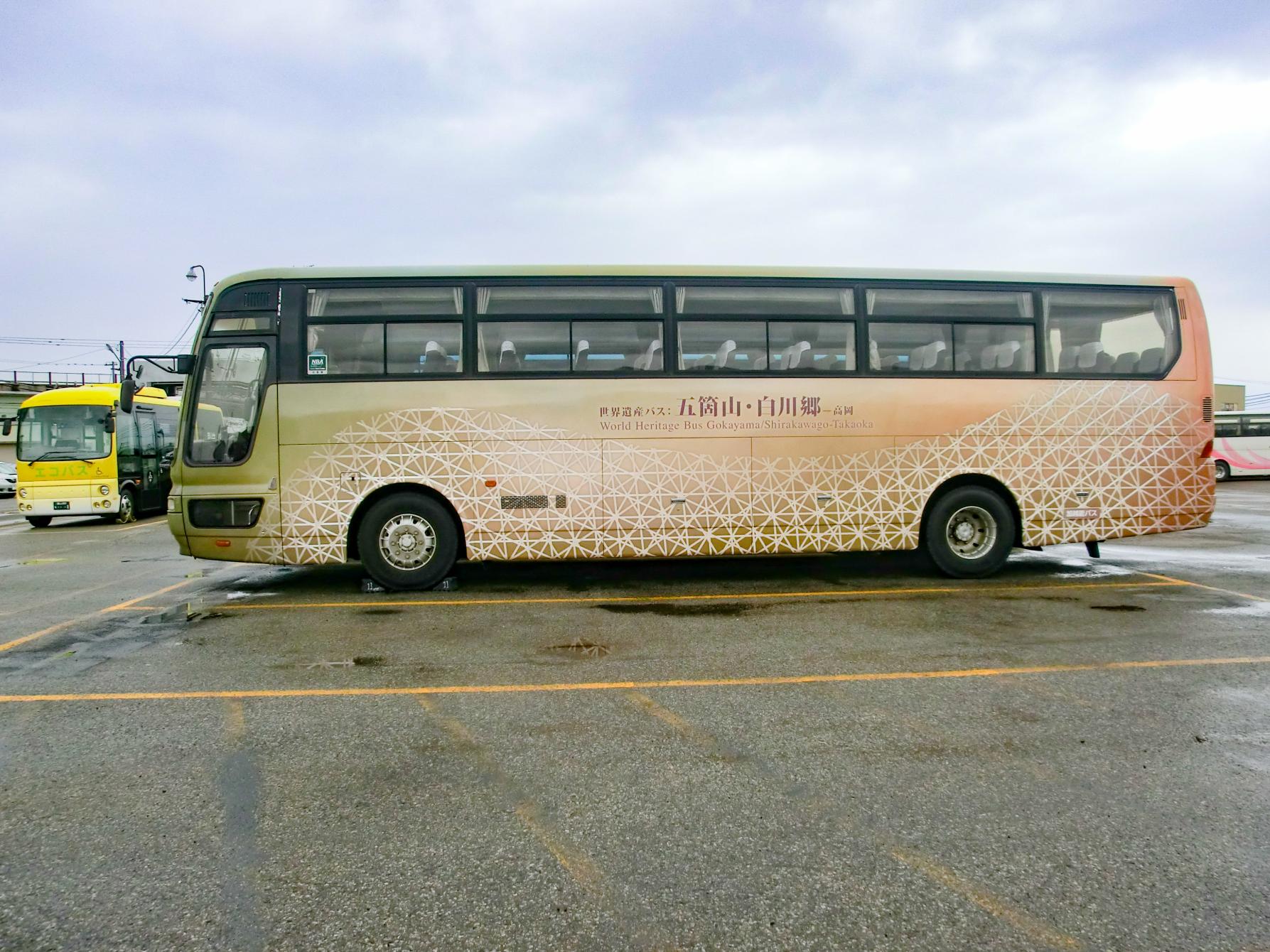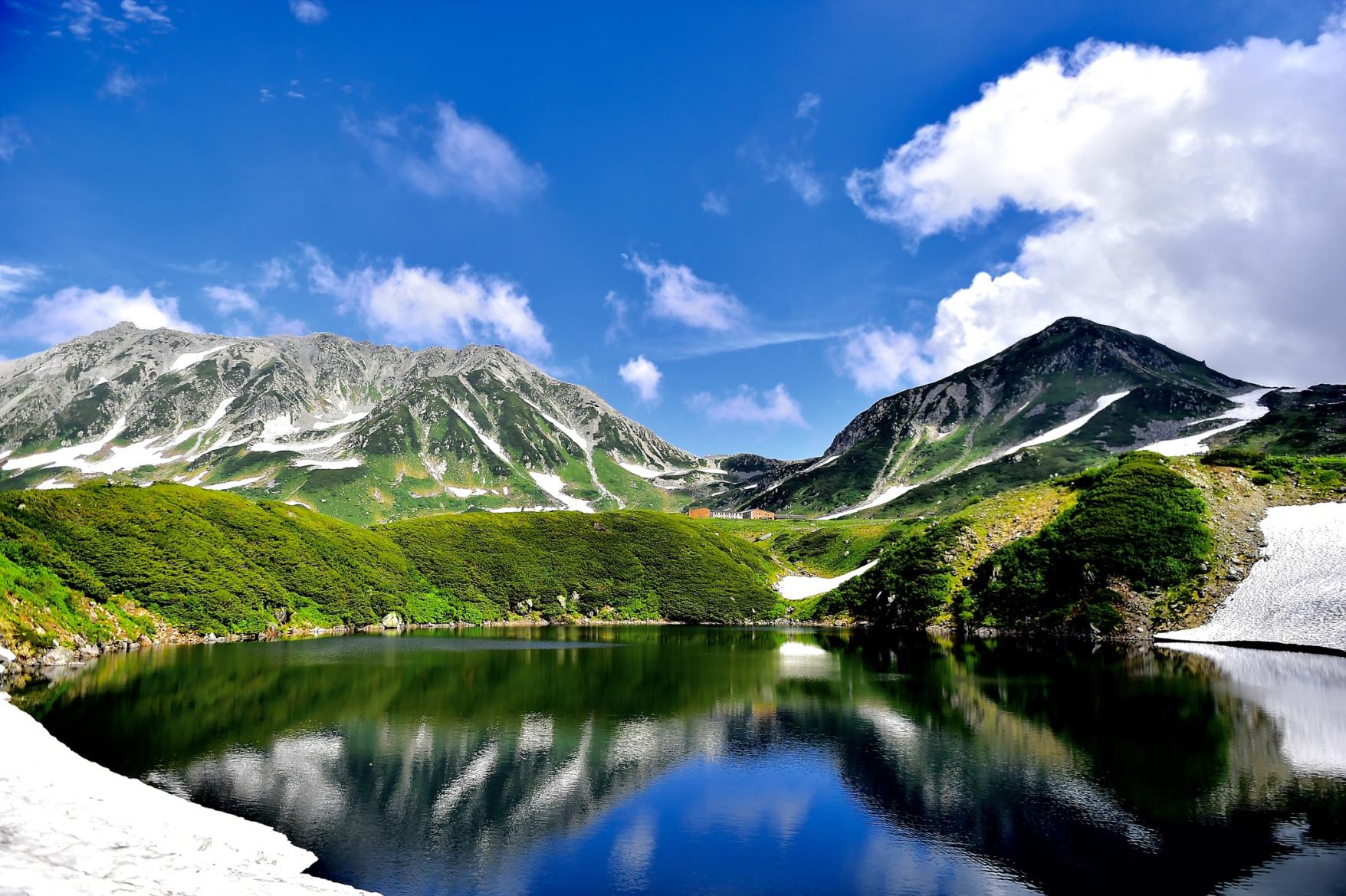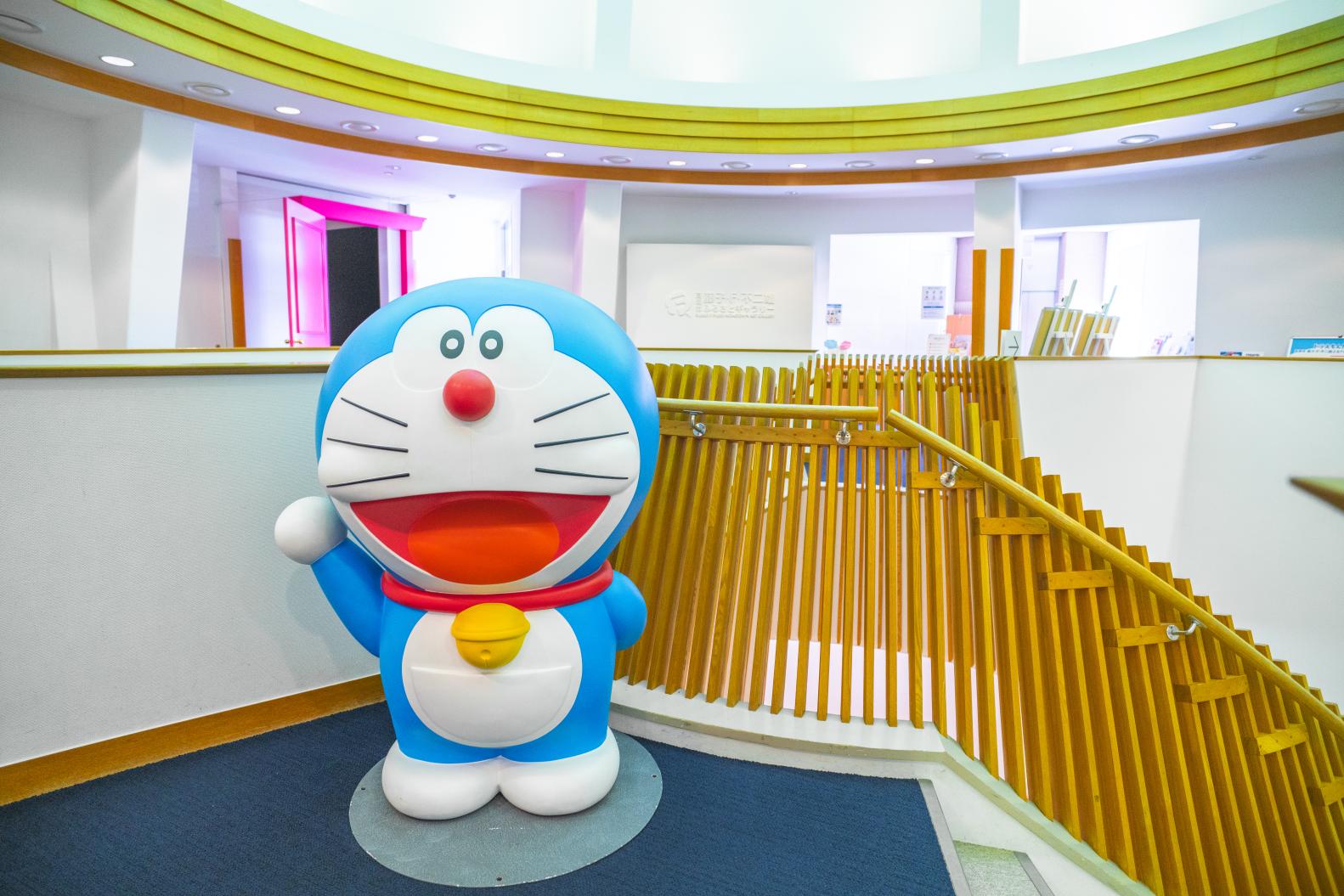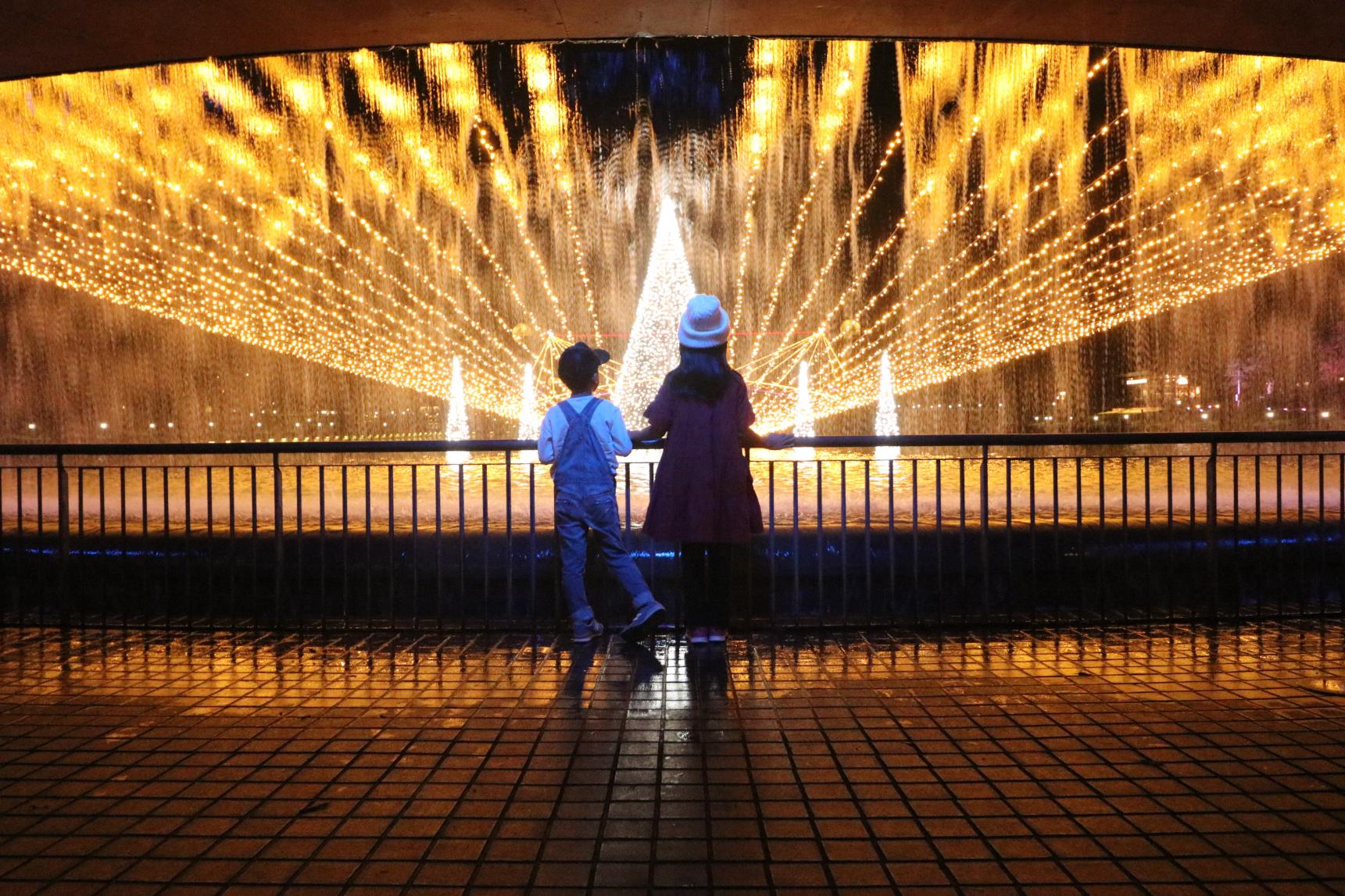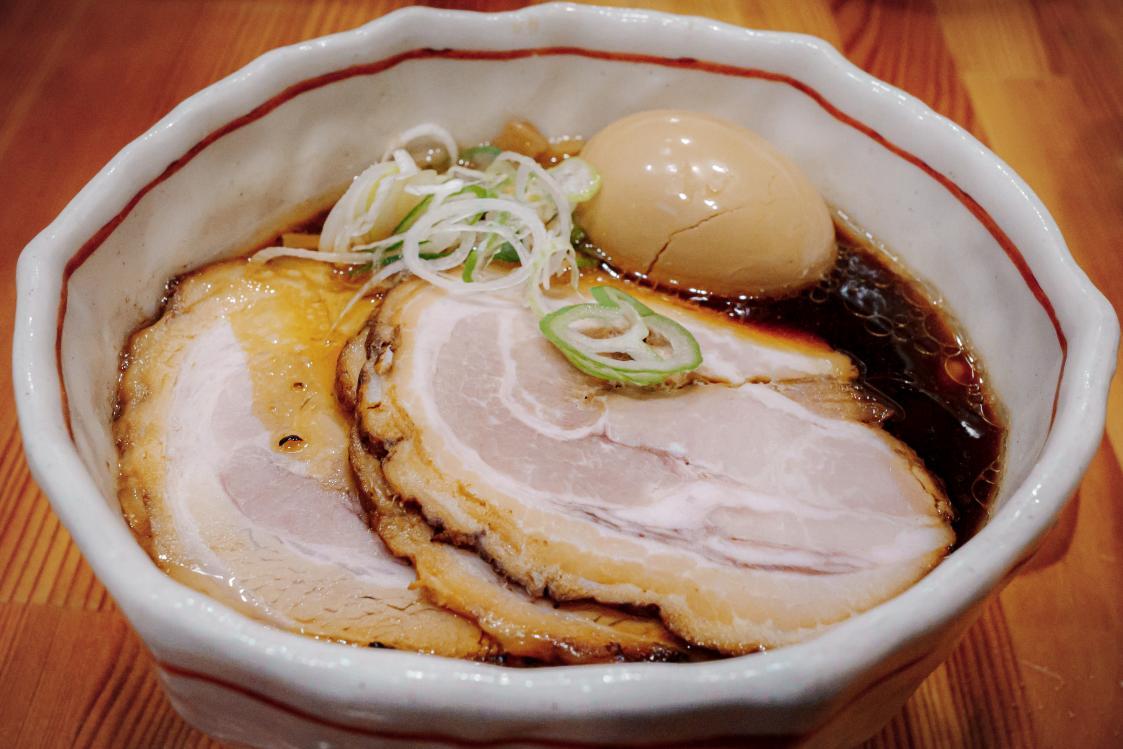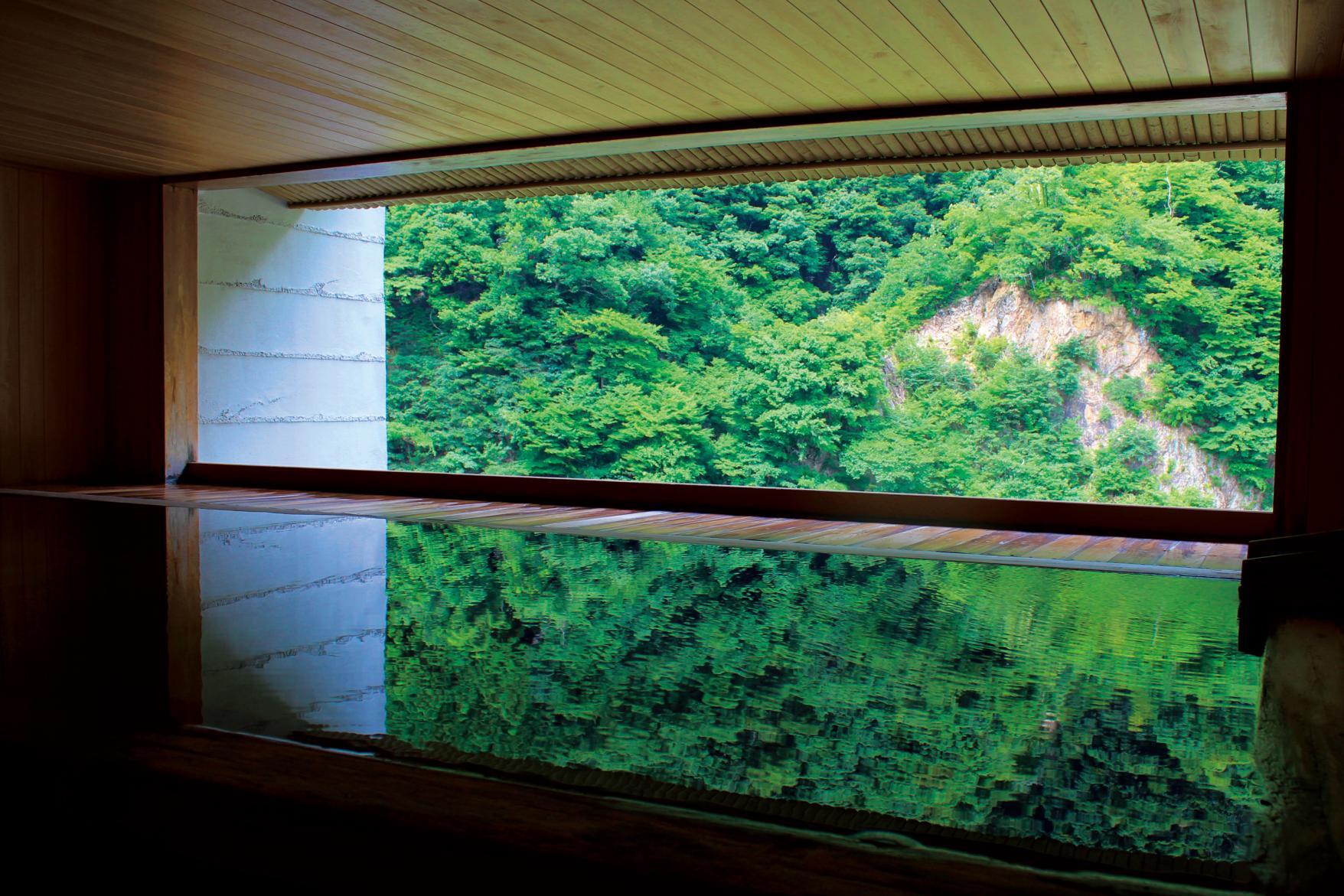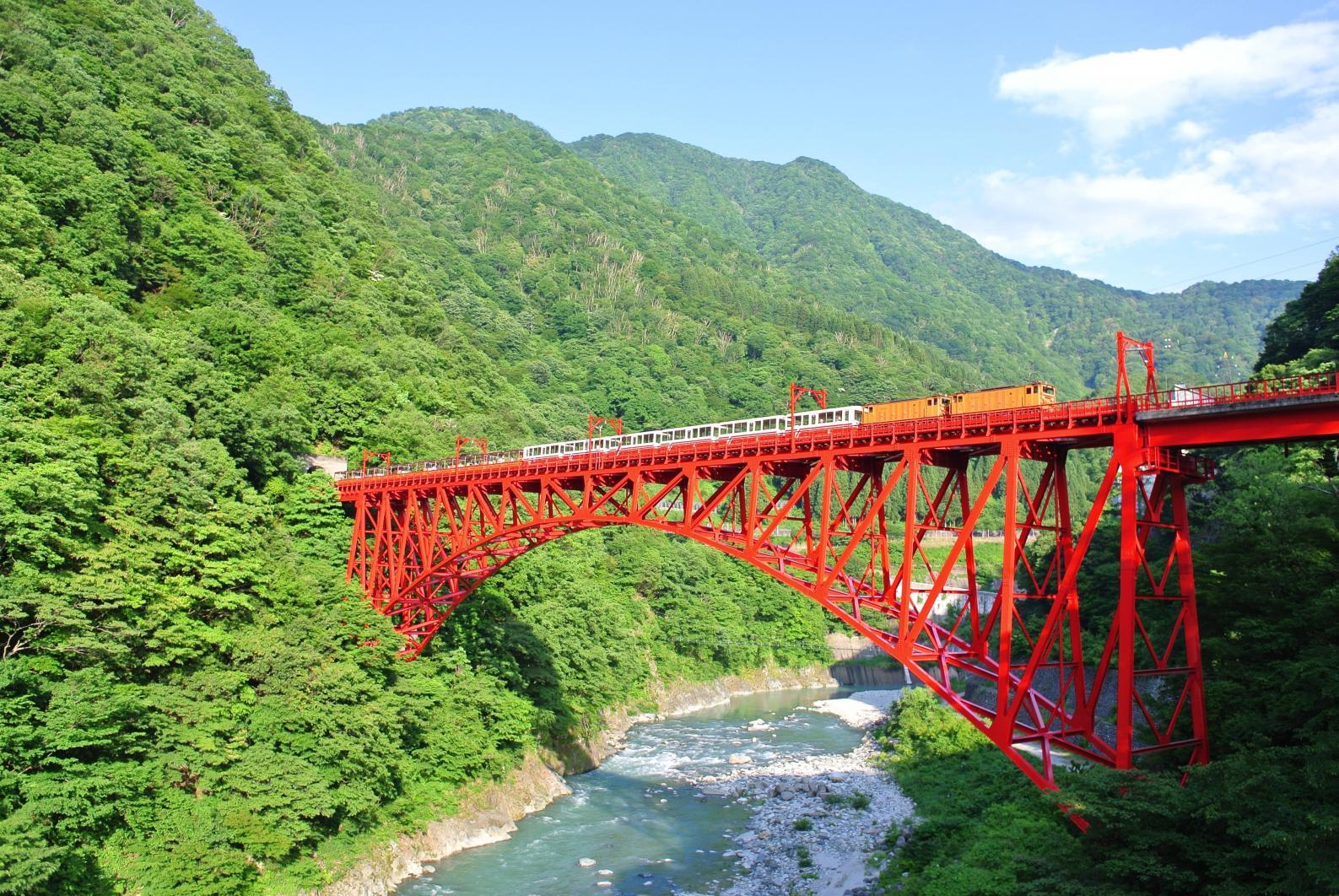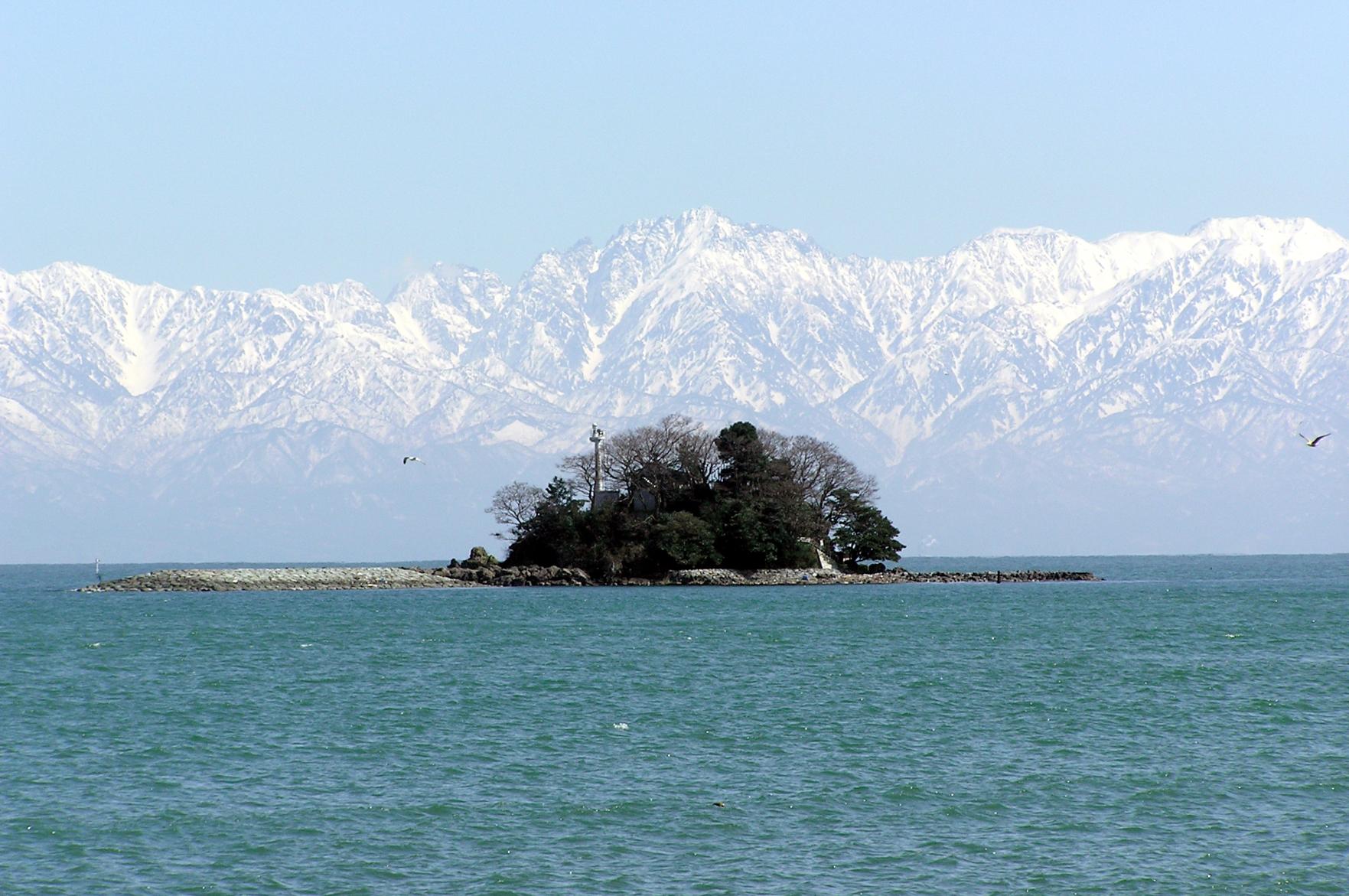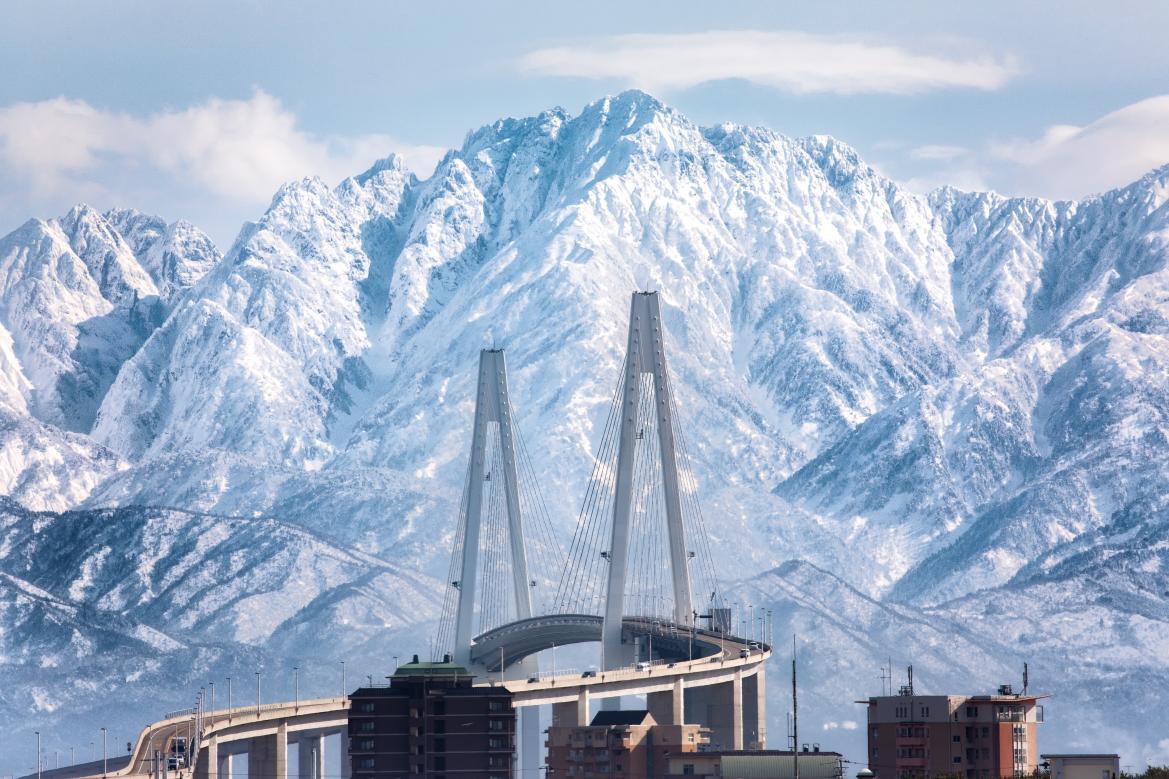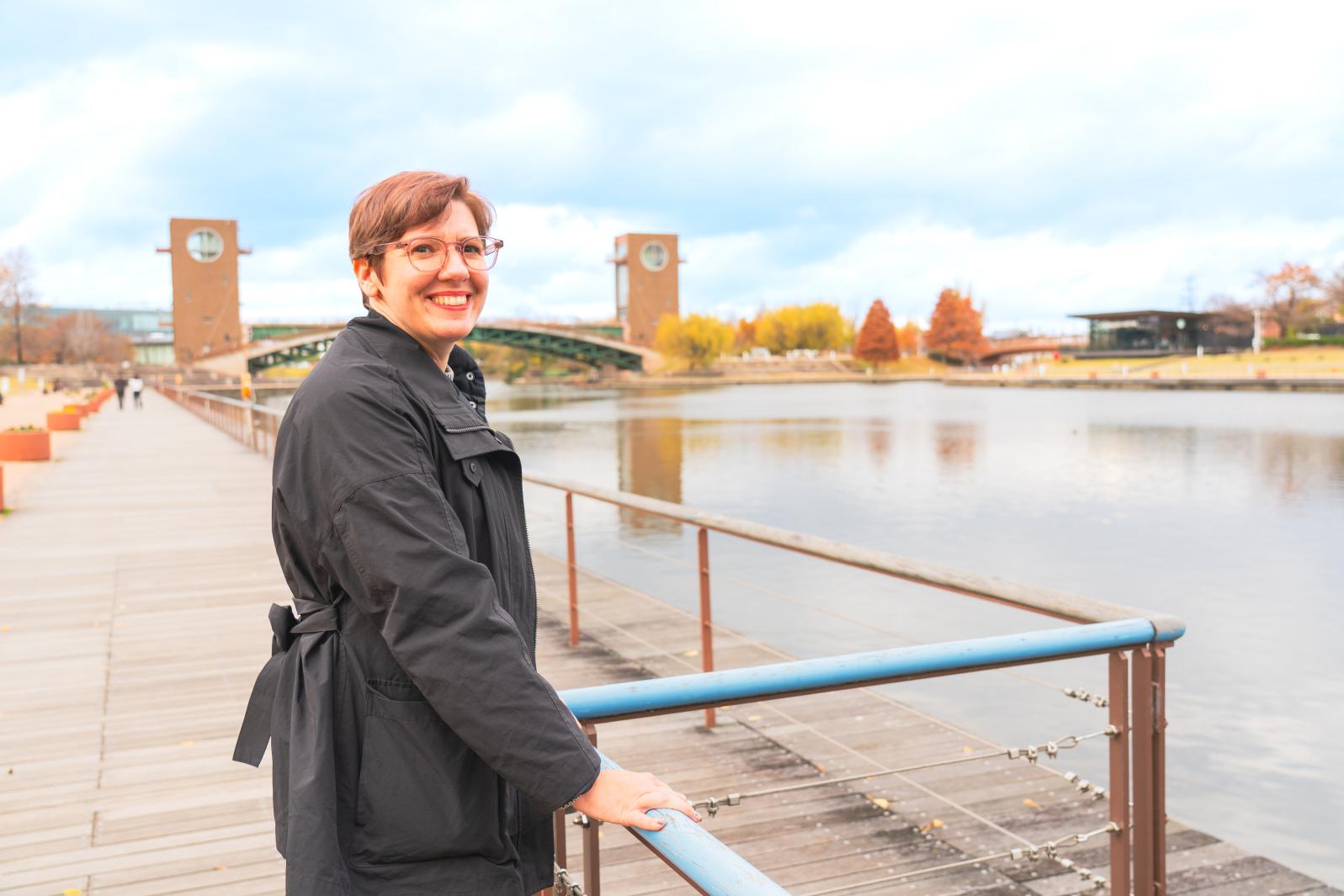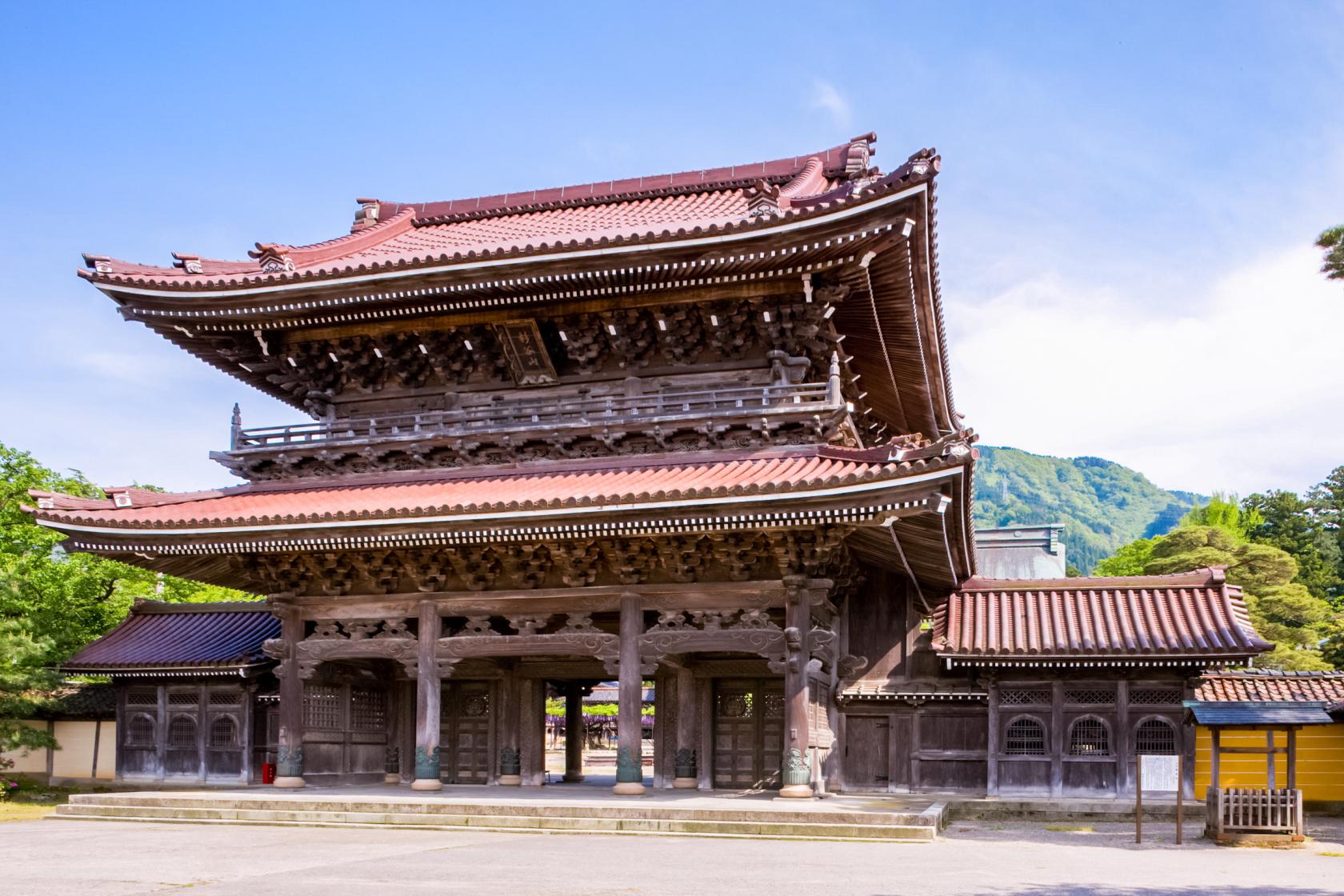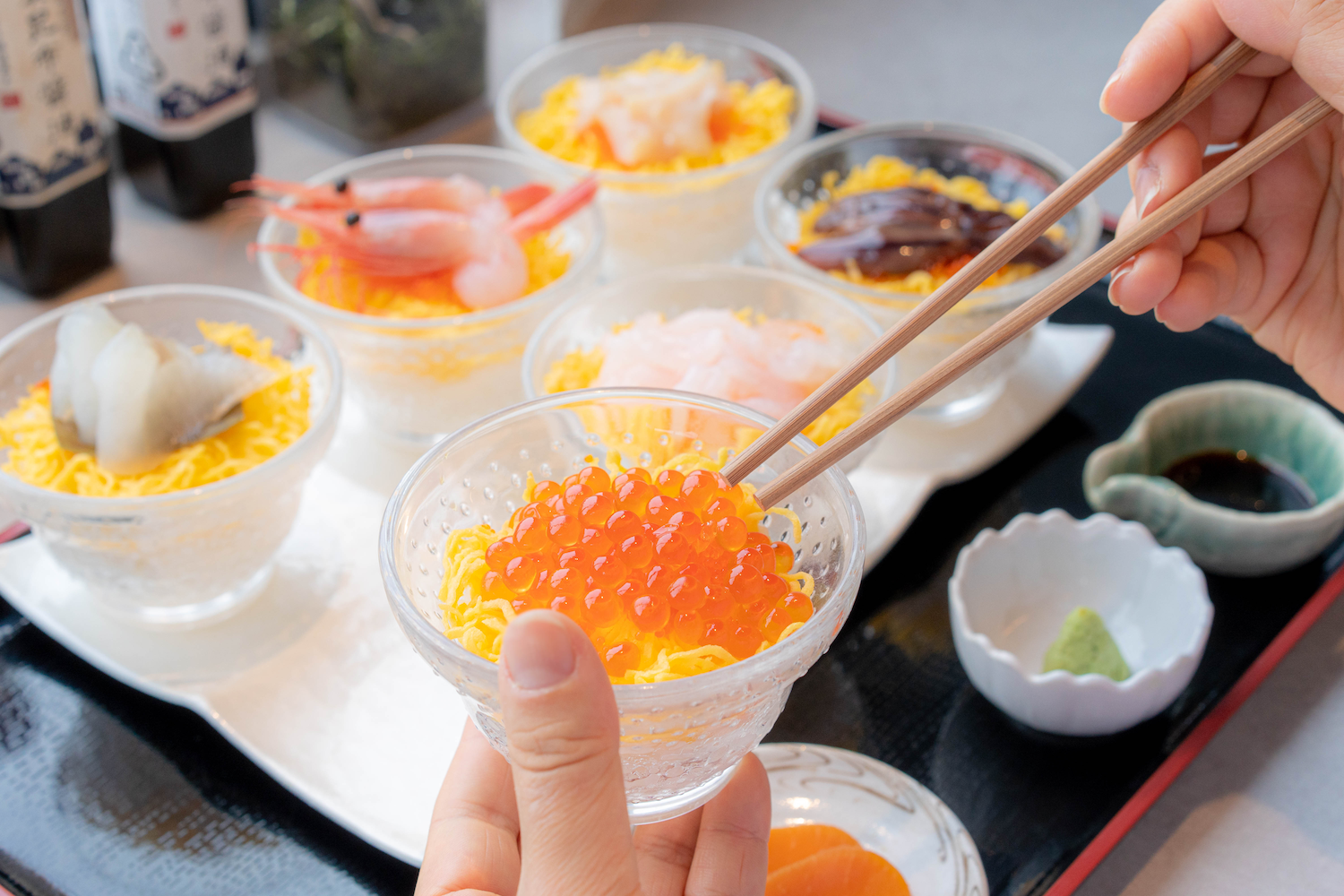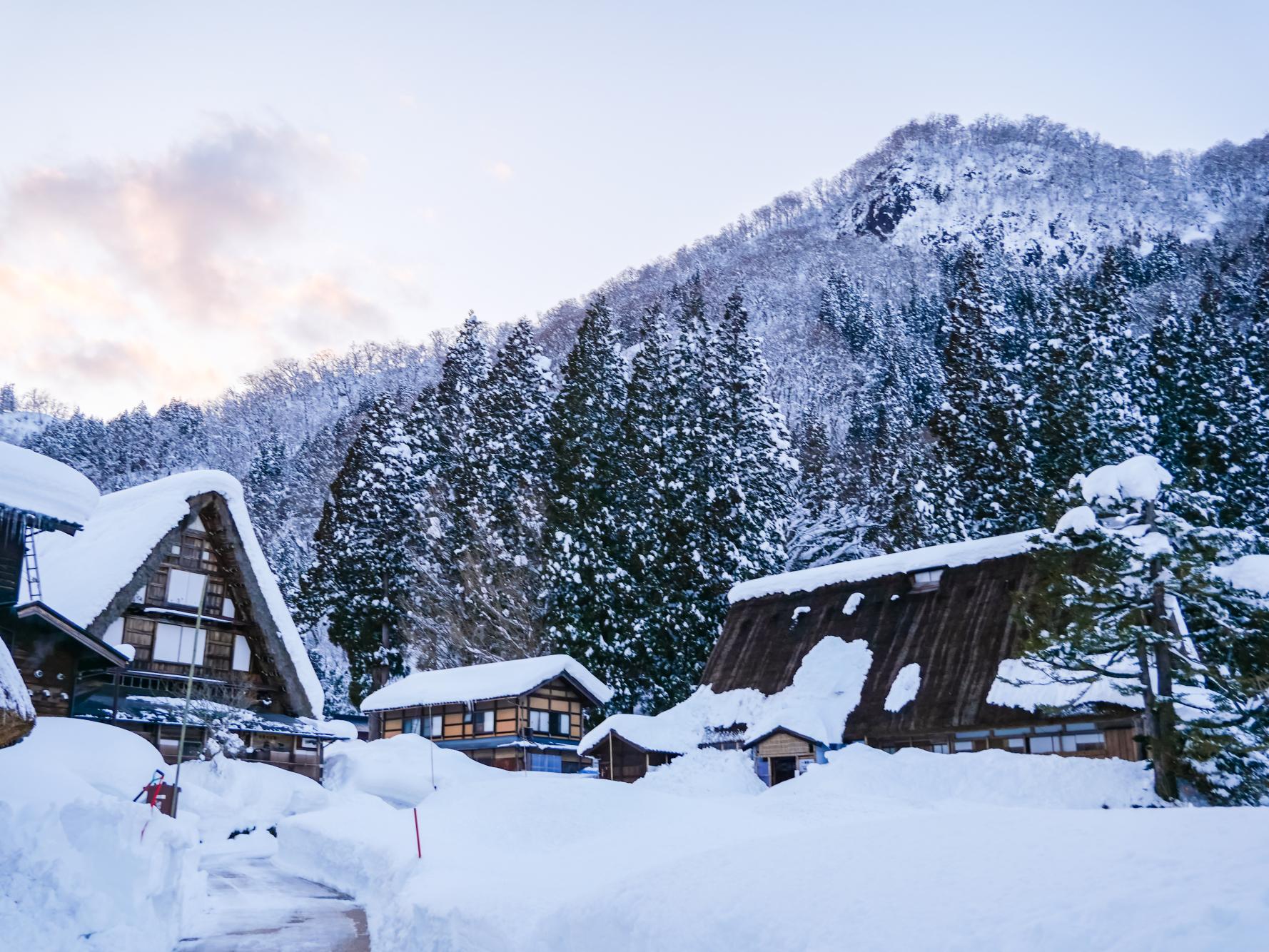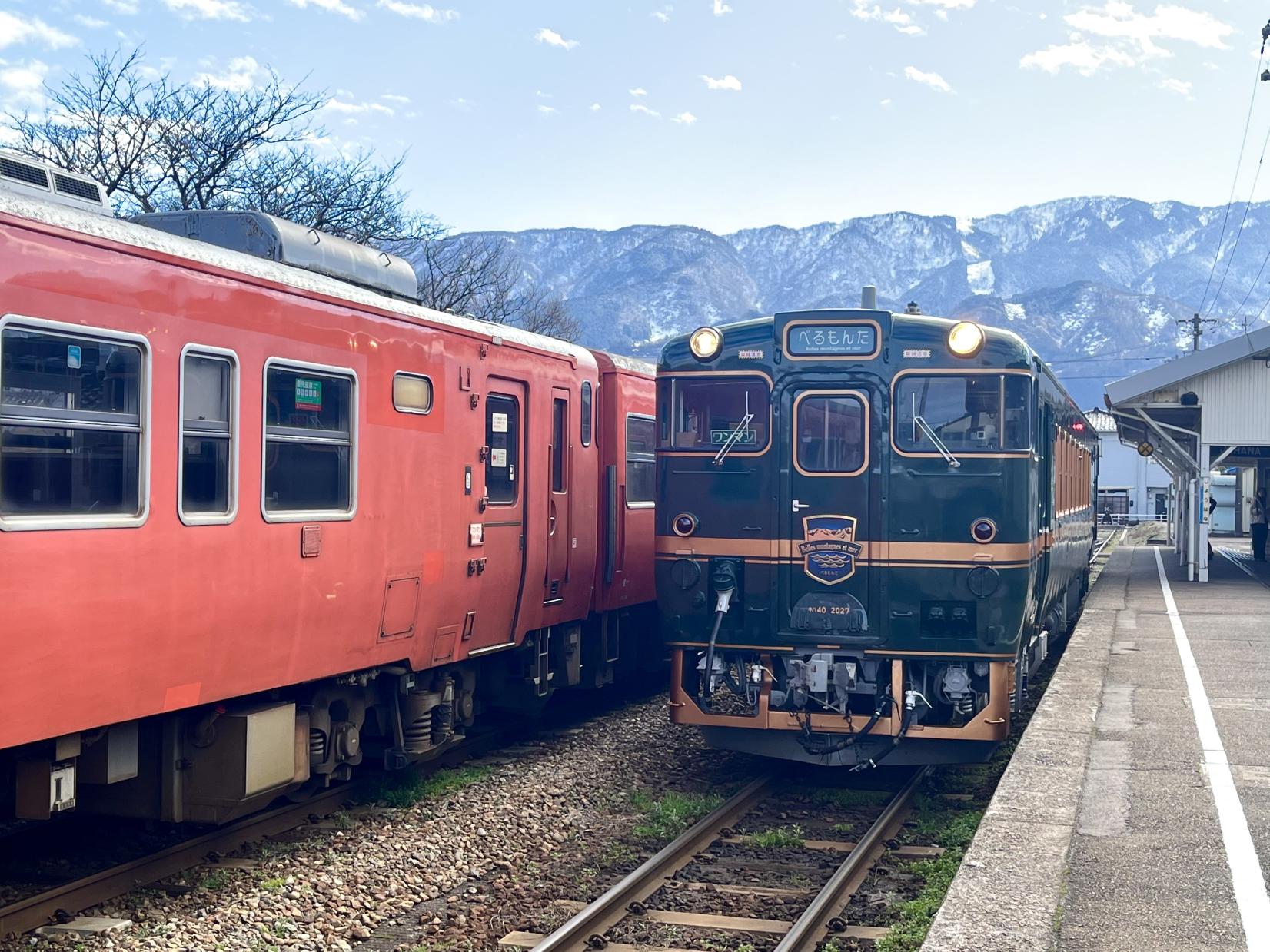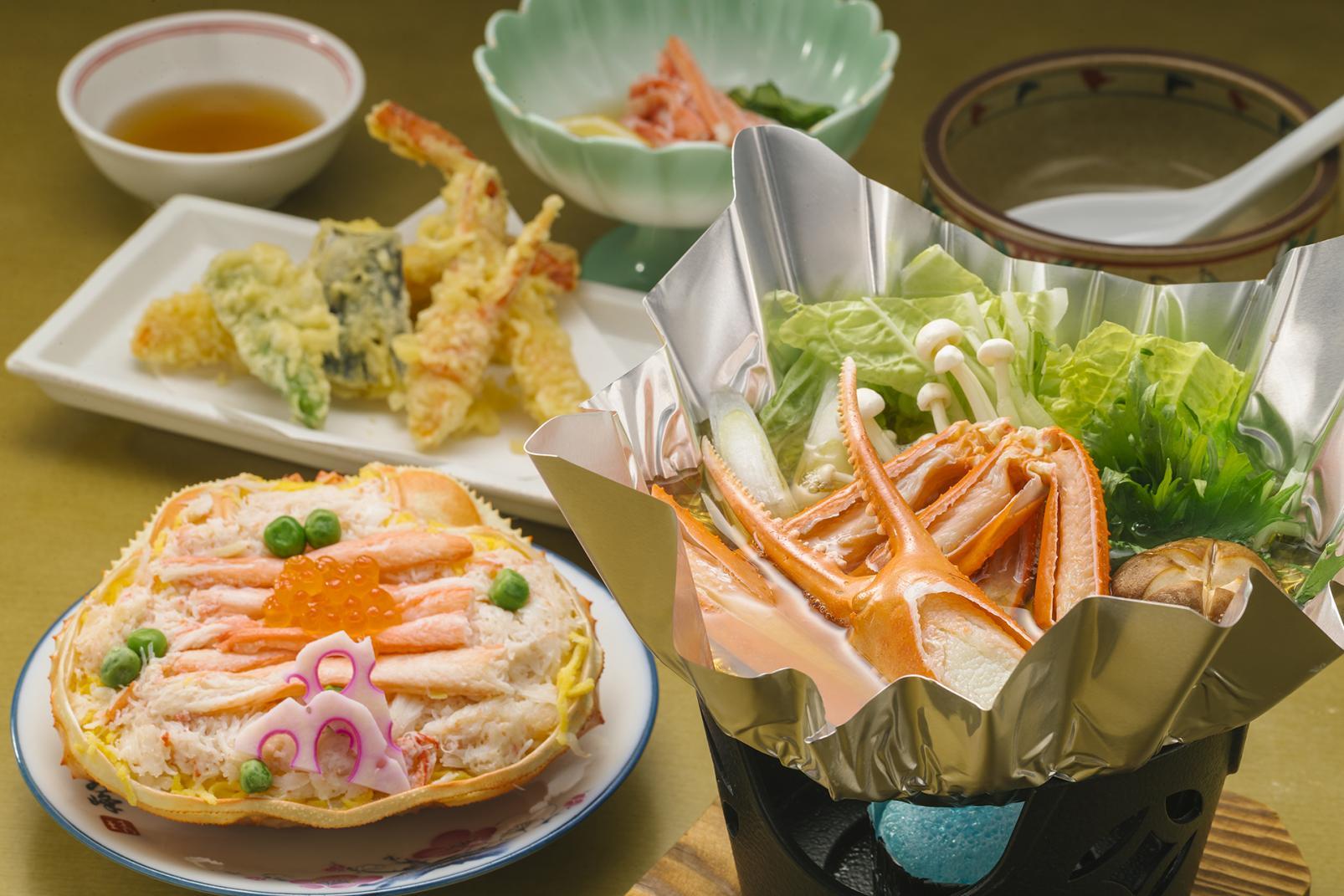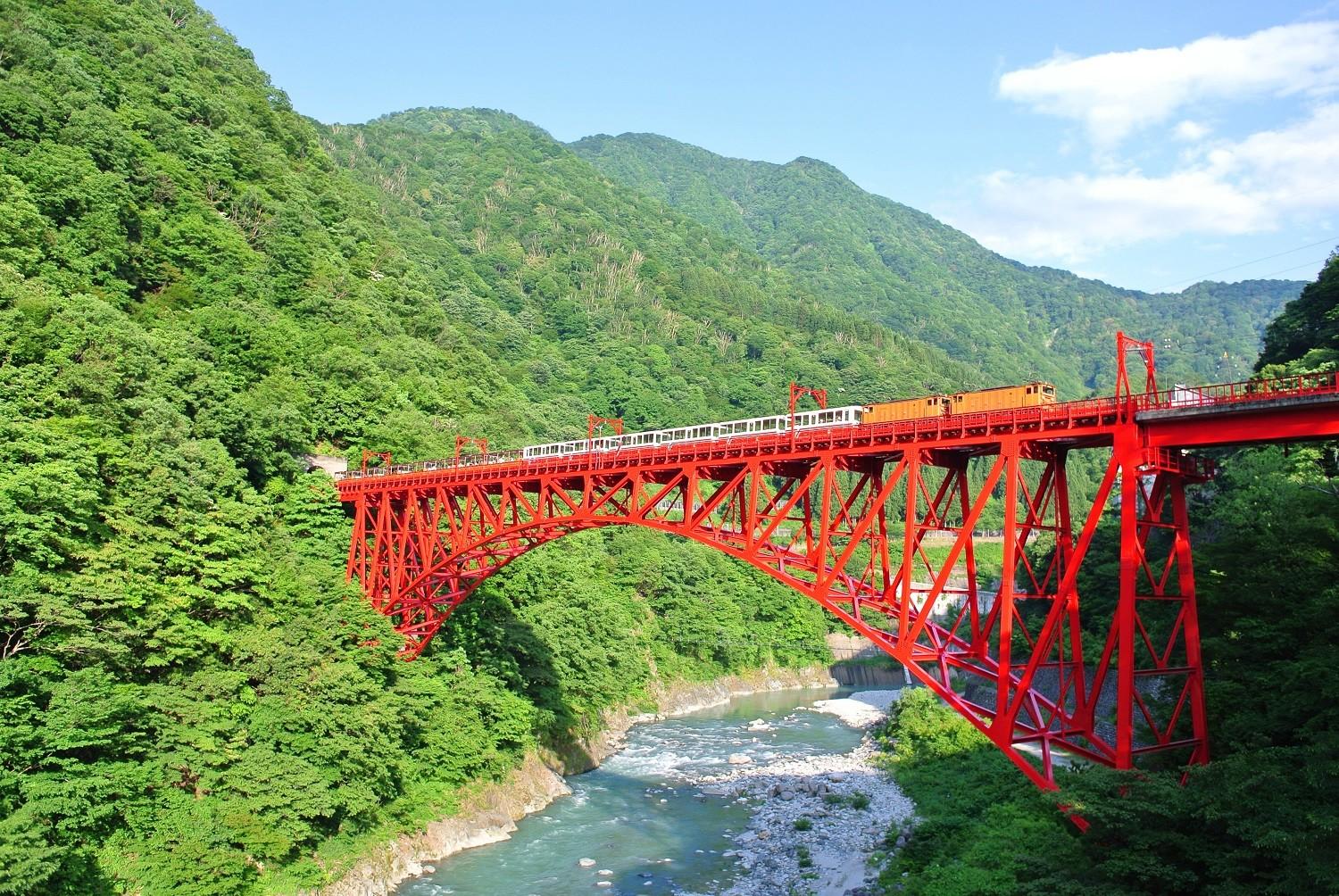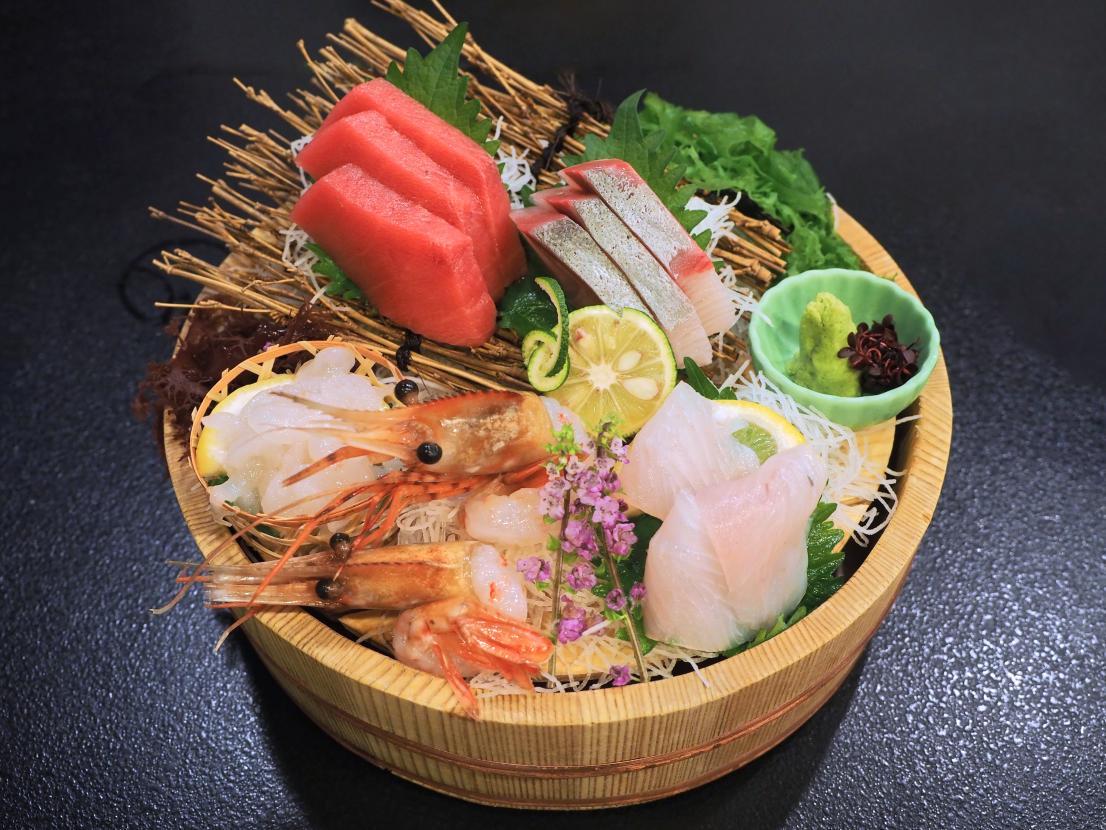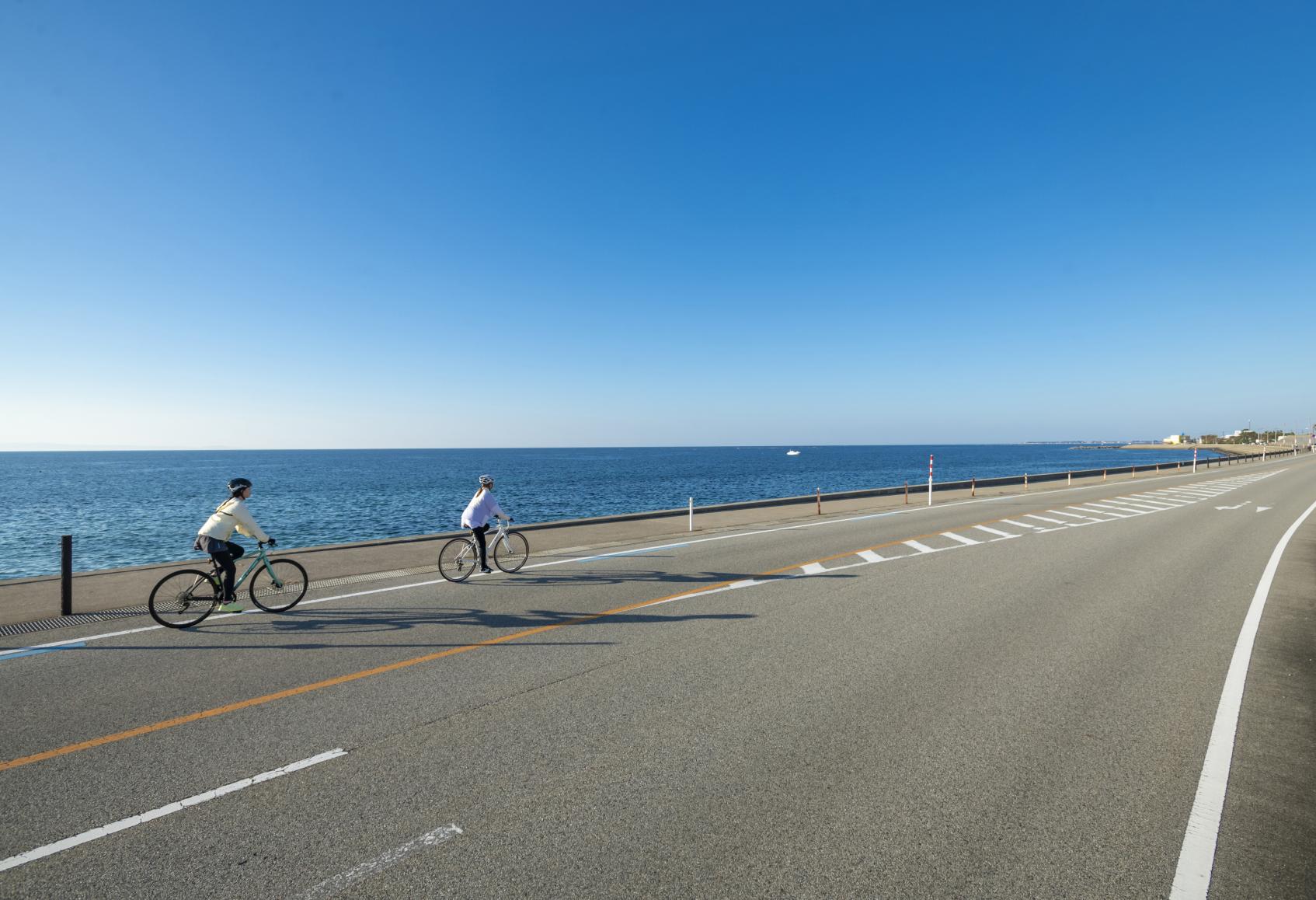
Bicycle trip through water circulation of Uozu
Uozu City is comprised of extremely steep terrain, and the area ranges from sea level to mountainous areas at more than 2,400 meters above sea level with a deapth of only approximately 25 kilometers. This topography continues underwater, reaching a depth of up to 1,000 meters. In this terrain with a height difference of 3,400 meters, water flows out to sea (Toyama Bay) through various channels, including surface water (Katakai River, Fuse River, Kamo River, Kado River, and Hayatsuki River) and underground water (ground water). The seawater in Toyama Bay evaporates and turns into clouds, then into rain and snow to fall on mountains, such as Kekachisanzan and Sogadake, and returns to the sea again. Uozu City has rare terrain in the world where the water circulation system is completed within a single city and that the circulation can be overlooked at a glance. Such characteristics are called the water circulation of Uozu.
Water cycle heritages of Uozu
Our ancestors explored numerous ways to coexist with nature. Even today, we can still see the beautiful and highly functional buildings built by our ancestors, as well as local specialties suitable for this region. We must reacknowledge these to protect them.
Uozu City is implementing initiatives to preserve its nature, architecture, and local specialties as water cycle heritages and to disseminate these domestically and internationally. Many of these water cycle heritages are rare even in Japan and are worth seeing.
Tour by rental bicycle!
Uozu City has five locations where you can rent bicycles. You can choose the type of rental bicycle from among e-bikes, mountain bikes, X-bikes, regular bicycles, and children’s bicycles, depending on your purpose. Uozu City has unique terrain, the altitude of the city rapidly rises from the plain facing Toyama Bay to the 2,000-meter-class mountainous area. This characteristic is attracting attention as an ideal area for cycling because you can enjoy both the sea and mountains in a compact manner. Since a cycling route along the coastline of the Sea of Japan has little slope, children can enjoy cycling, too. Now, we will introduce recommended spots out of the water cycle heritages of Uozu where you can tour by rental bicycle.
Uozu: the city where you can see a mirage
A mirage is a phenomenon in which a virtual image of a distant landscape appears to be stretched or inverted by the refraction of light rays due to temperature differences (density differences) in the atmosphere. Mirages can be roughly categorized into superior mirage (spring mirage) and inferior mirage (winter mirage). A superior mirage is a virtual image that appears stretched or inverted above the actual landscape, while an inferior mirage is a virtual image that appears below the actual landscape.
When talking about mirages in Uozu, we usually mean a mirage in spring. According to the leading theory, it is caused by the layers of air that are cold in the lower layer and warm in the upper layer, and it appears when air warmed on land during the day flows out to the cold air over the ocean. Mirages in winter are generally called a floating island phenomenon. They are the same phenomenon as road mirages that are seen on asphalt roads and desert sands in which the distant landscape appears to be reflected near the surface of the road as if it were a water surface. You can see mirages in winter almost every day during the cold months from November to March when visibility is good.
The frequency and duration of a mirage in spring when it appears depends on the year and the conditions of the day. It often ends in a few minutes, but it can last for more than half a day while appearing and disappearing. If you are lucky enough to see a mirage, be sure to visit the Uozu Buried Forest Museum to get a certificate issued for the people who saw a mirage.
Higashiyama Cylindrical Water Diversion Tank, Springing up of treasured water
The Higashiyama Cylindrical Water Diversion Tank is used to evenly distribute water to three agricultural irrigation sections, which are the Tenjinno Irrigation, Aoyanagi Irrigation, and Higashiyama Irrigation channels in the Higashiyama District. In recent years, this tank has attracted attention as a tourist spot and a sacred place due to its beauty. Since it is not common for a water diversion tank to have a long drop of this much water overflowing from the cylinder, it is said that this structure is unique to the ones installed in rapid rivers. This tank is praised on the Internet as Japan’s most beautiful cylindrical water diversion tank. The diameter of the tank is 9 m and 12 cm. The amount of water distributed from the center of the tank to each irrigation channel is determined according to the length of the circumference of the cylinder, in other words, the central angle.
Uozu Aquarium: the longest-operating aquarium in Japan
Uozu Aquarium has the longest history among the operating aquariums in Japan. With the themes of “from the mountain streams of the Northern Alps to the deep sea of the Sea of Japan” and “study the Sea of Japan scientifically,” Uozu Aquarium is the only aquarium in Toyama Prefecture that permanently exhibits approximately 330 types of living creatures, mainly aquatic creatures from Toyama Bay and Toyama Prefecture. The acrylic underwater tunnel, which was built for the first time in Japan, required strength reinforcement according to the standards in 1980 when it was installed. Steel support posts used at the joints of the acrylic tunnel tell the story of its history.
During the mealtime demonstration in the Toyama Bay Giant Tank, you can watch a diver’s spectacular feeding of large fish, such as yellowtail. At the fish show, you can see striped beakfish pulling the banner, black scraper going through rings (only here in the world), and more. In addition, at the backyard corner, you can watch the fish show from behind the scenes by looking down on the Toyama Bay Giant Tank from above and having fun with the net play equipment above the giant tank. From late March to early May, the aquarium holds an event where “Firefly Squid: Toyama Bay’s secret” is exhibited, and the presentation about the glow of squid is made.
Furthermore, on August 13, 1914, the original Uozu Aquarium discovered for the first time in the world that the pinecone fish glows. A commemorative event is held every August to observe pinecone fish glowing. Experience the water circulation of Uozu while touring by rental bicycle.
Namerikawa Deep Seawater Distribution Facility: Aqua Pocket
There is a spot related to water in Namerikawa City, which is next to Uozu City. Namerikawa Deep Seawater Distribution Facility: Aqua Pocket is a facility where you can purchase deep seawater, too. By pumping up the deep seawater from a depth of 333 meters, it provides five types of water: raw water, desalinated water, highly concentrated water, salt water, and mineral desalinated water. Deep seawater has features that it contains more than several times as much nutrient salt as surface water, and that the water quality is stable because the water temperature has little change even in summer. Deep seawater contains well-balanced minerals, including calcium and magnesium, which humans need, and is also attracting attention in fields, such as health drinks and pharmaceuticals. The facility not only sells such deep seawater but is also equipped with an exhibition and workshop area for introducing deep seawater, as well as training rooms. You can purchase deep seawater if you bring your own plastic bottles or plastic containers. Please try it.



